Take your watercolor artistry to new heights with the Winsor & Newton Cotman Watercolor Paint Set, now available for only $61.82, a fantastic 46% off its original price! With over 7,971 ratings and a 4.7-star average, this set, which includes 45 vibrant half pans, is a must-have for both beginners and experienced artists.
Whether you’re working on landscapes, portraits, or abstract creations, the professional-grade pigments provide rich, lasting color that brings your work to life. Don’t miss out, order now for only $61.82 at Amazon!
Help Power Techcratic’s Future – Scan To Support
If Techcratic’s content and insights have helped you, consider giving back by supporting the platform with crypto. Every contribution makes a difference, whether it’s for high-quality content, server maintenance, or future updates. Techcratic is constantly evolving, and your support helps drive that progress.
As a solo operator who wears all the hats, creating content, managing the tech, and running the site, your support allows me to stay focused on delivering valuable resources. Your support keeps everything running smoothly and enables me to continue creating the content you love. I’m deeply grateful for your support, it truly means the world to me! Thank you!
|
BITCOIN
bc1qlszw7elx2qahjwvaryh0tkgg8y68enw30gpvge Scan the QR code with your crypto wallet app |
|
DOGECOIN
D64GwvvYQxFXYyan3oQCrmWfidf6T3JpBA Scan the QR code with your crypto wallet app |
|
ETHEREUM
0xe9BC980DF3d985730dA827996B43E4A62CCBAA7a Scan the QR code with your crypto wallet app |
Please read the Privacy and Security Disclaimer on how Techcratic handles your support.
Disclaimer: As an Amazon Associate, Techcratic may earn from qualifying purchases.












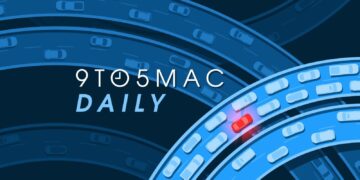
























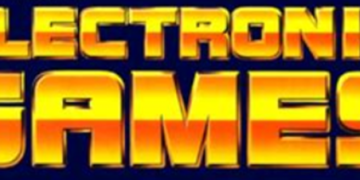
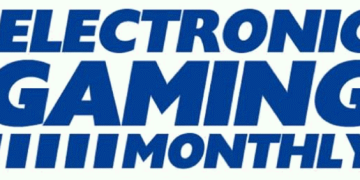
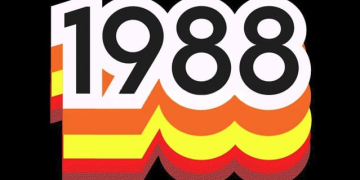

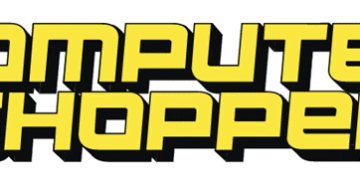

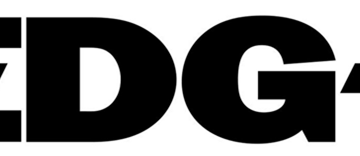
























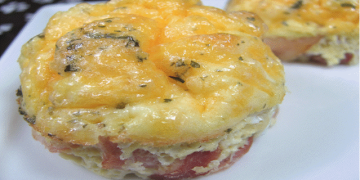

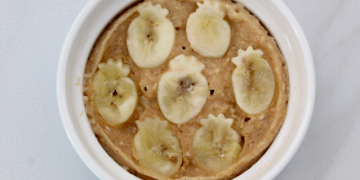


















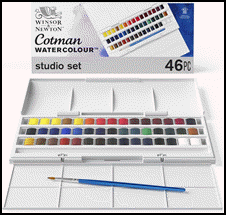















CORRECTION: I said I sang an A at 440 but I actually sang an A an octave below 440 at 220 so the harmonica are above NOT below!!
Halfway through this is a great ass video im not a musician but rap occasionally and tried to learn piano on and off so I dabble in GarageBand and eq and stuff trying to self teach myself mixing. I didn't understand what the analyzer was doing exactly or how exactly the eq worked this vid is very helpful. Thanks
Almost
This is all pointless if your studio monitors are not completely flat. If your monitors have a natural peak or trough somewhere then you do not want to increase or decrease at those same frequency points. You'll only exaggerate any problem.
"If this is what your EQ looks like…"
Me: hurrying to change my EQ.
Super sir tq 👏🤩
I'm new to music production and found this video to be excellent—clear, to the point, functional, and even aesthetic. Thank you.
I love your title lol..classic
Is the sweep at 7:00 the same concept as a phaser effect?
Is a high Q factor less 'natural' sounding?
Radiohead piano
I’m here to freshen up on my knowledge thank you bro 9:00
I still don't get it. But at least I understand a little more now
Hey Nathan! You are the first person who explained to me what EQ really is!! Hats off. Thanks.
This all I have been looking for a quick simple explanation, great vid
This is by far the best anyone I have heard explain EQ. You need a huge raise my friend. God bless you❤️
GBR
Amazing work. Been a musician for a LOOOONG time, never understood this before though tried many times. 10 minutes watching your video and I FINALLY understand!!
Can you please turn off the screaming guitar music in the background? Are you trying to pitch a new energy drink or are you trying to explain how audio works?
There is something that needs to be stressed about the usage of EQ in both traditional music recordings and in the box electronic music. Equalization is ultimately a tool to FIX PROBLEMS, whether that be treating unpleasant frequencies or enhancing frequencies. If you make electronic music, sound design (or choosing a preset) is equivalent to the quality of a traditional recording. In general, recordings, even when good, tend to require EQ enhancement to bring the sound to life. In electronic music, this is rarely the case because the quality of a sound can be achieved in the sound design and sound processing (phaser, flanger, chorus, distortion, saturation, delay, reverb etc) stage. Many soft-synths have an built in EQ these days too. That is not to say that EQ is not required to enhance sounds in electronic music, but expect to do it much less. In electronic music, EQ is more of a mixing tool to create separation where frequencies clash. The better the sound design, composition, and arrangement, the less equalizing you will need to do.
Samples on the other hand are a bit different to soft-synths. Samples come in a whole range of quality, and samples that have been ripped from existing music will contain a lot of unpleasant artifacts which you will need to EQ out. This is called treating the sound. On the other hand, good samples will be very clean with good tonal balance and the only EQ applied will be for mixing purposes. You can usually get good samples from places like Splice. Lower quality samples are usually associated with old vengeance sample packs.
Reason I typed all of this was because I was confused for years from watching videos and reading about EQ. I never really understand how it worked for a long time, so I hope this helps other people understand the role of EQ in different production processes.
Great tutorial, but it leaves out a crucial question: Why do we need an auto filter? It would be helpful to see a comparison of audio playback with and without the auto filter.
Great video👍
my name is david
Excellent presentation! Smooth, easy to follow, outstanding details, and easy on the ears. Thank you
I thought this was equipoise
I'm an artist and I have project that sounds decent and a preset but I can't seem to find a video explaining what to do when you hear a certain sound or something that explains specifically what changing the db on something does. My best thing I get from videos like this is listen until you think it sounds good but it does just not quite at radio quality. And that's my missing peace. Do you have a video like that or should I just keep messing with different compressors, eq, and reverbs to get a decent sound? I'd like to profit from this so I can pay engineers or idk be free n make a living lol
How do I use this for Spotify playlists?
When you are doing these types of audio examples, the worst thing to do is have that hard rock playing as background the whole time, even if you are shutting it off just before you let us hear the example. By the time we listen, our ears are getting adjusted/fatigued, by that massive amount of frequencies being thrown at us with that hard rock. Our ear can't adjust to the detailed sounds you are trying for us to hear, because it has been adjusted to deal with the scream/screeching sound to that hard rock
Very very true
Dude, do one of these E.Q. explanations on an INSTRUMENT, like rock guitar.
Thx my friend
my shit just gets muffled i’m so confused
This is about the most easy to understand video I've watched on the subject. Good job!!
I’ve never watched a more helpful yt vid in my life.
Good this! Thanks. 🎶✨🌟👍
Just earned a new subscriber 🙌🏼
Best visualization of a parametric EQ. I’ve been using 7 Band EQs with my guitar and Marshall amp. The improvement in sound quality is mind blowing, the EQ also acts as a preamp/boost. I bought an Ibanez Pentatone 5 band Parametric EQ from Sweetwater for $129, and have been playing with not only the levels of boost & cut, but frequency and Q. It’s lowest frequency is 3k and the highest is 14k. Effective audible range is 100k ~ 7k. So adjusting the target frequency then dialing Q (width) I can get a very natural tone.
If you aren’t using an EQ in your fx loop, you’re really missing some magic.
9:38
Now I have truck volvo
Please.
I can do the paper dance ?
I need for work.
Brilliant video!